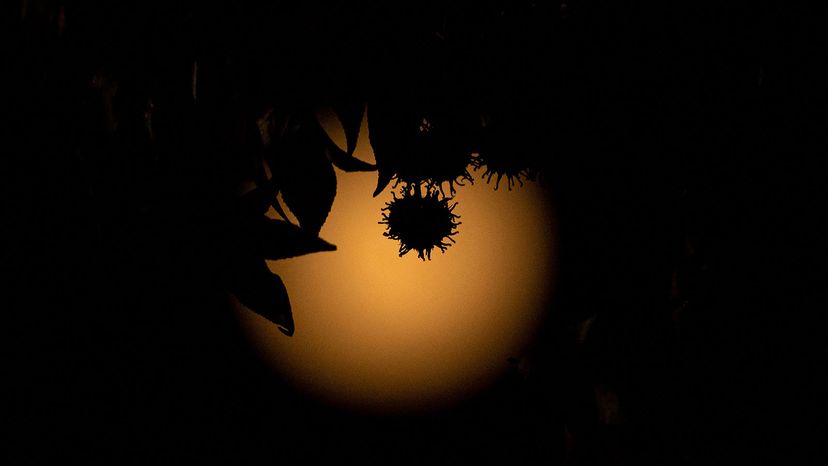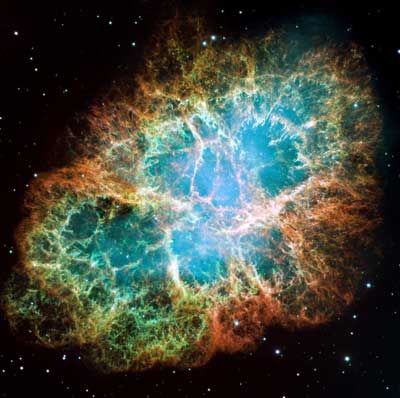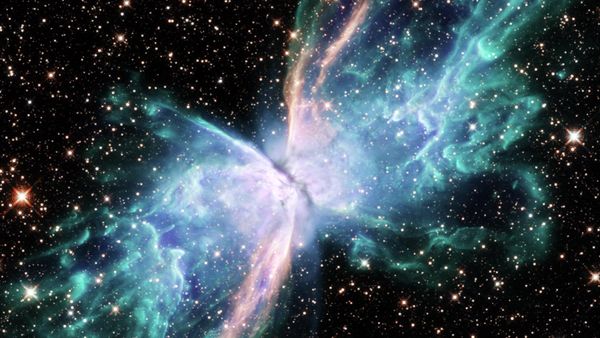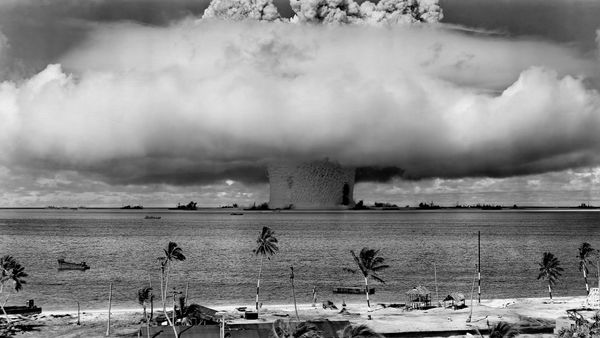
We've all seen those stunning photos of the night sky or a distant nebula; they're breathtaking and beautiful – but have you ever wondered how those photos are taken? Maybe you've even considered whether you could make a career out of taking space photos, similar to wedding, portrait or nature photographers.
Space photography (or astrophotography) is both an art and a science, and photos of space are in high demand as humanity turns its attention to the stars, moon and Mars. But can you build a career as a professional astrophotographer?
Advertisement
We talked to two professionals to find out. David Blanchflower is an astrophysicist and prize-winning astrophotographer and Will Gater is an astronomer, science journalist and astrophotographer. Together they provide multiple perspectives on the prospect of becoming a professional astrophotographer and what you can expect if you pursue this as a career.


